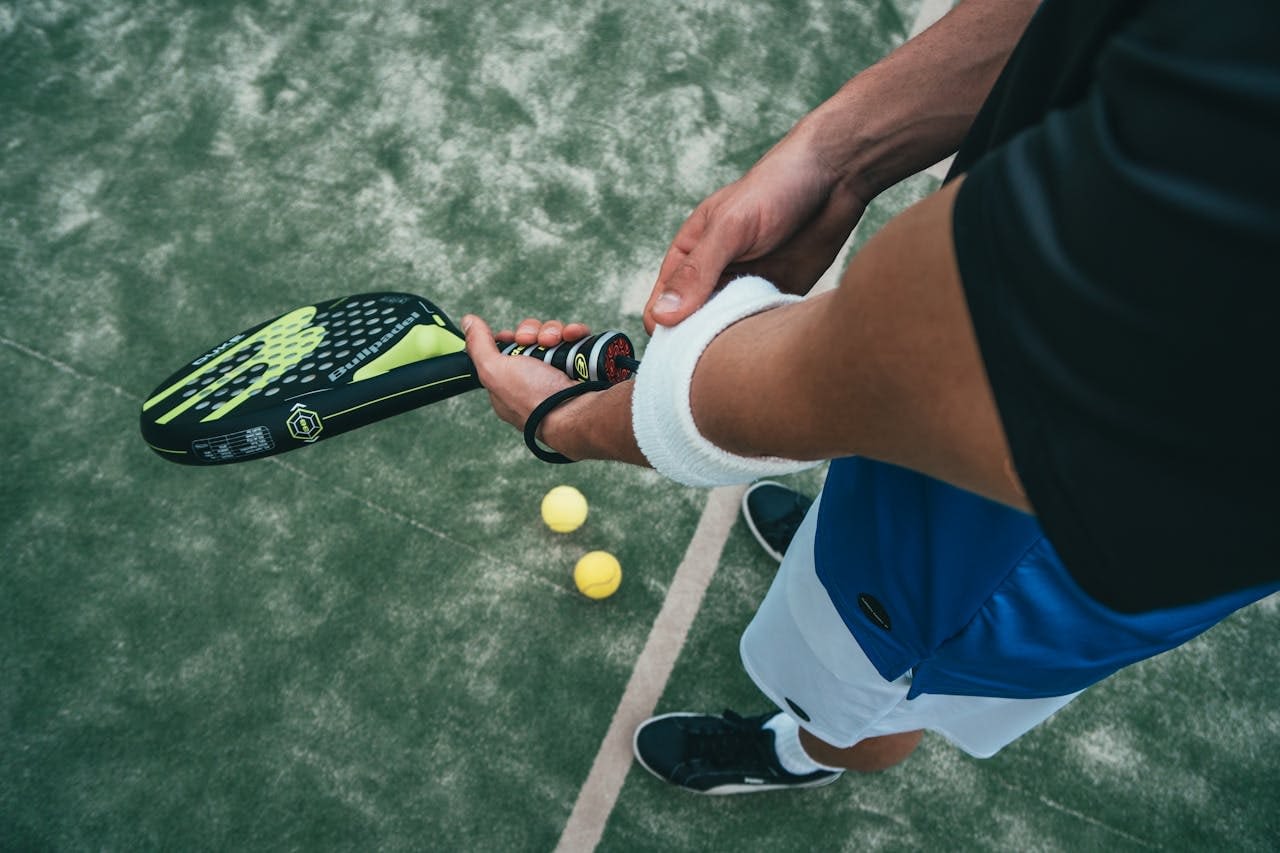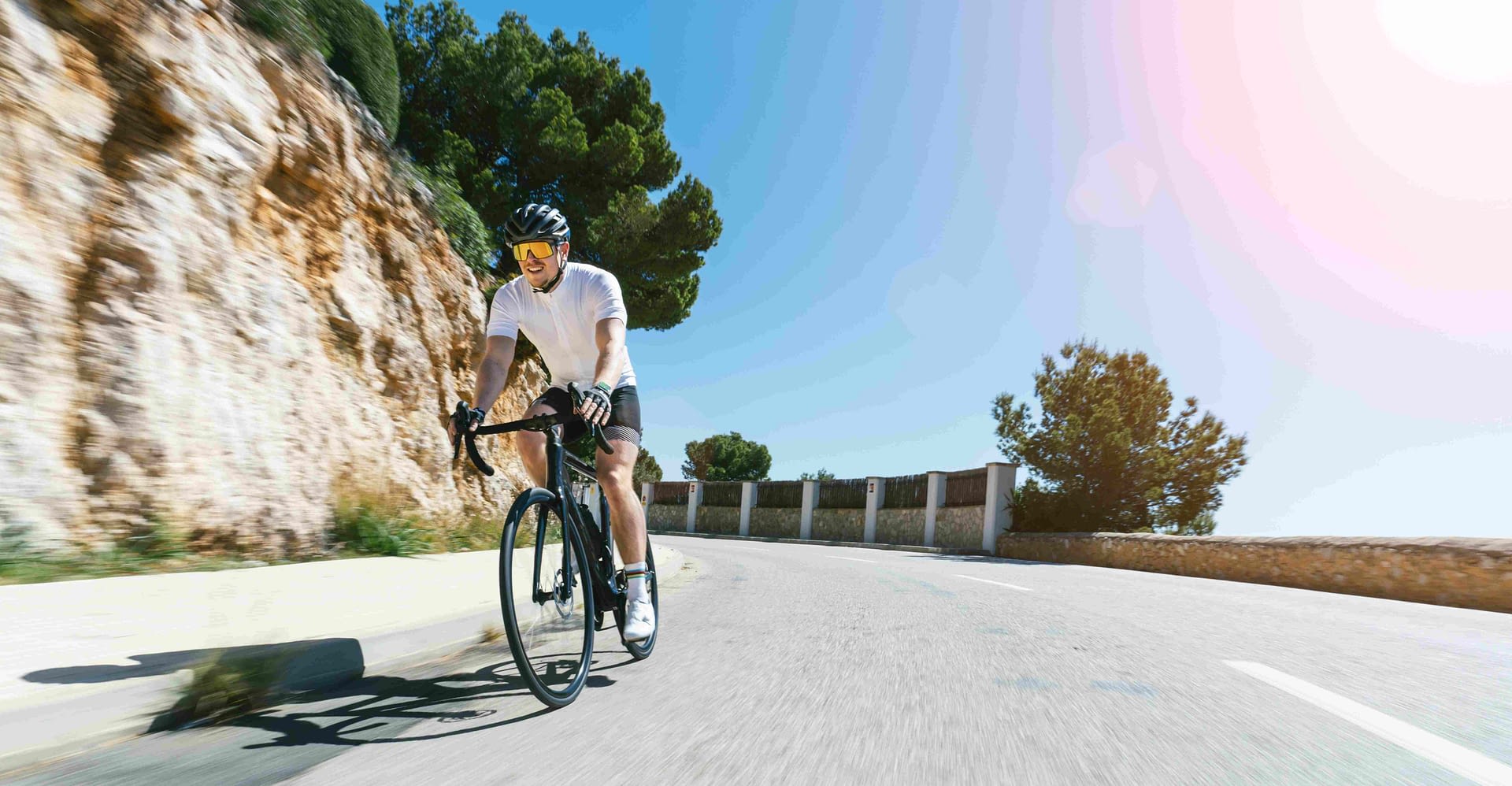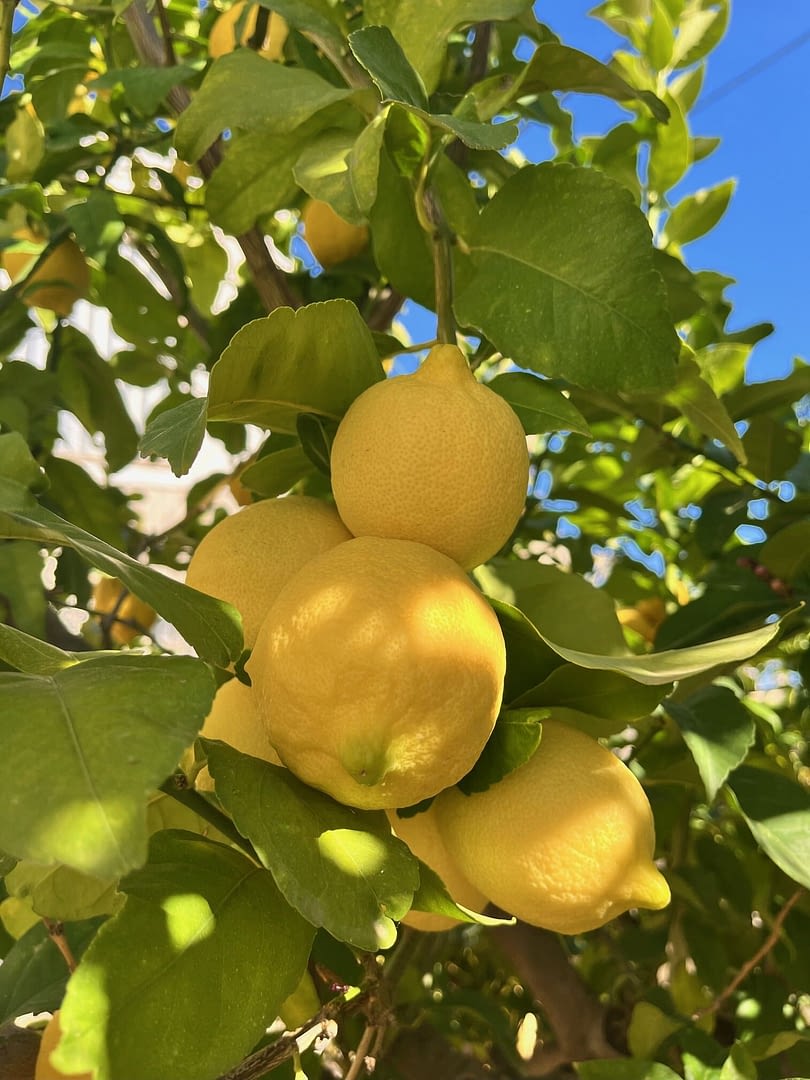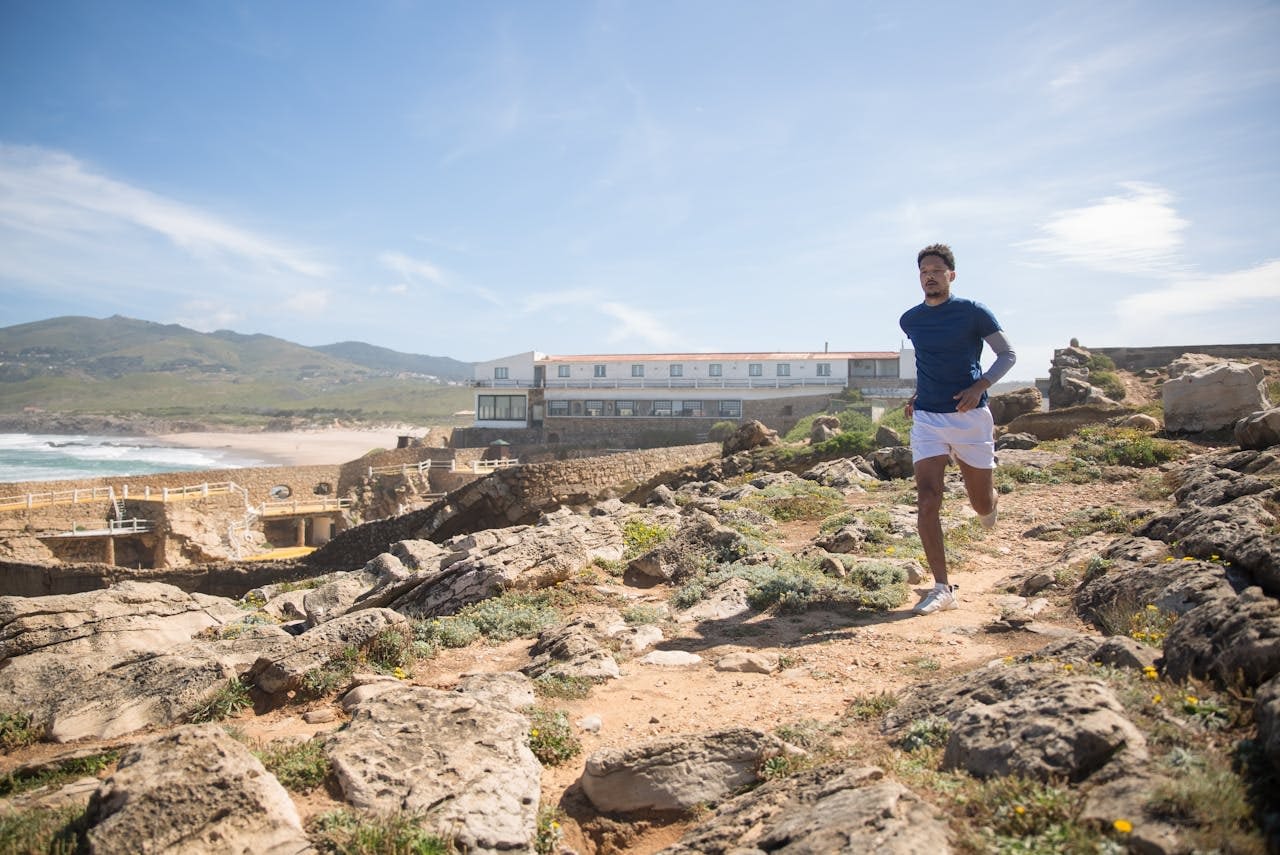The Rise Of Padel Tennis – The Fastest Growing Sport
Padel tennis, often referred to as “padel,” is a racquet sport that has been gaining immense popularity worldwide. Combining elements of tennis and squash, padel tennis offers a unique and exciting playing experience that appeals to a broad range of sports enthusiasts. In this guide, we’ll discover what makes padel so unique, its origins, the rules of the game, and why it’s becoming a global phenomenon.
What is Padel Tennis?
Padel tennis is a racquet sport typically played in doubles on an enclosed court, slightly smaller than a tennis court. Unlike traditional tennis, padel tennis courts have walls, and the ball can be played off them in a manner similar to squash. The game is known for its fast pace and strategic gameplay, making it both a thrilling sport to play and watch.
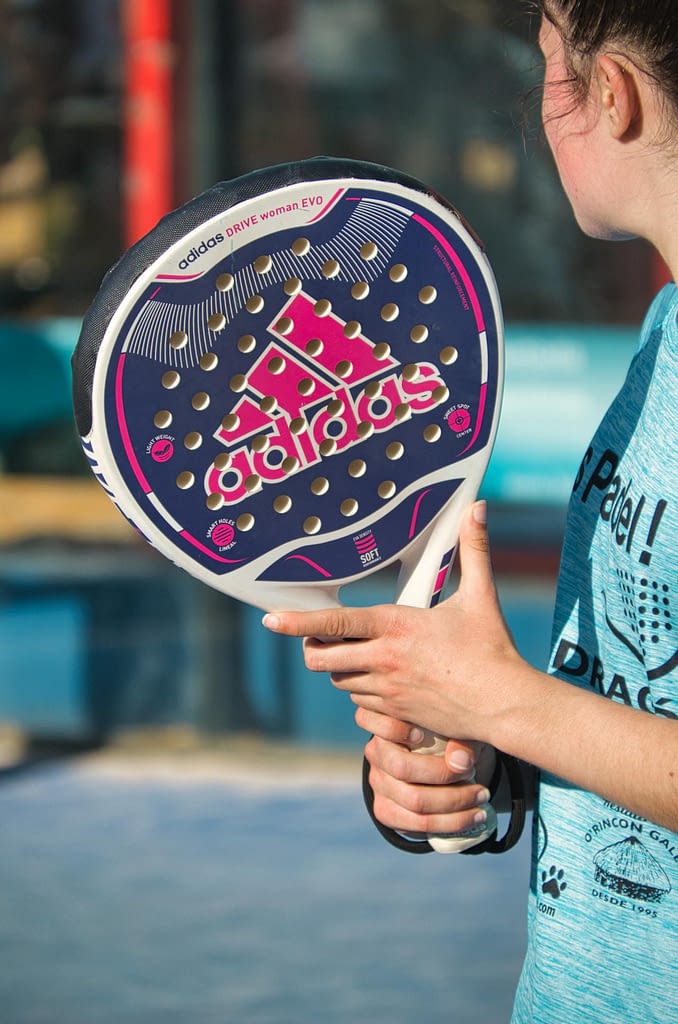
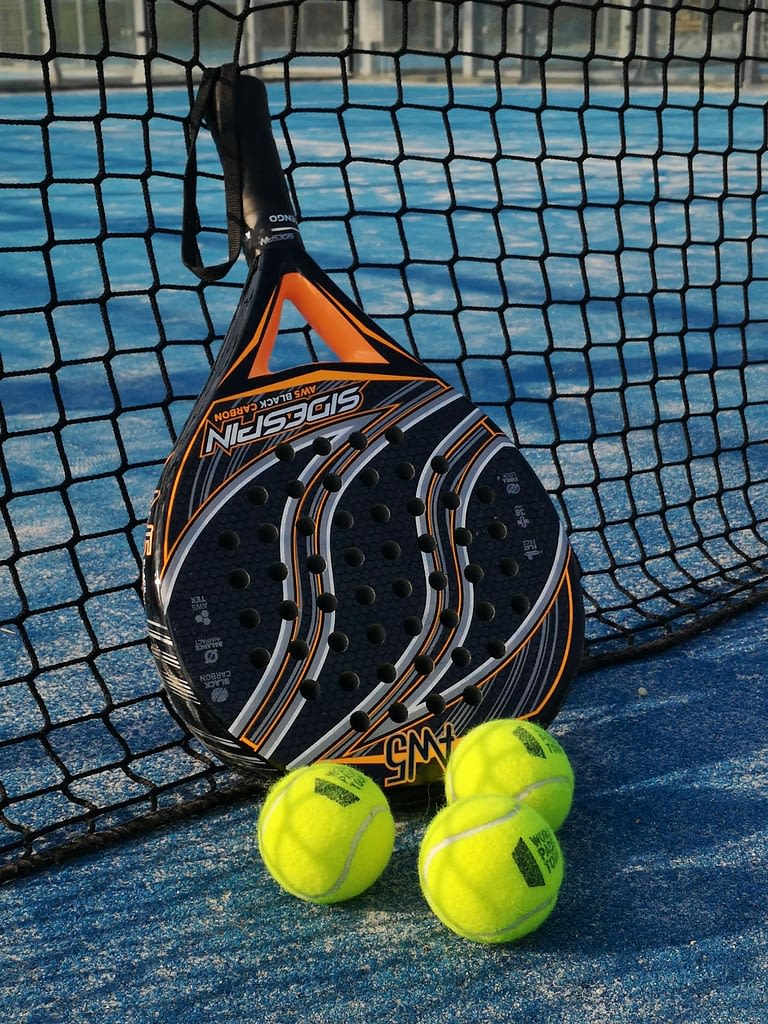
The Origins of Padel Tennis
The origins can be traced back to Mexico in 1969 when Enrique Corcuera created the first known padel court at his home. The sport quickly spread to Spain and Argentina, gaining a substantial following. Over the past few decades, it has expanded globally, particularly in Europe and Latin America, and is now one of the fastest-growing sports in the world.
Basic Rules of Padel Tennis
Understanding the basic rules of padel is essential for new players and those looking to follow the sport more closely. Here are some key points:
Court and Equipment:
- The courts are 20 meters long and 10 meters wide, with glass or solid walls.
- The net height is similar to a tennis net, set at 88 centimeters in the center.
- Players use solid, stringless racquets and a pressurized ball slightly smaller than a tennis ball.
Gameplay:
- It is primarily played in doubles.
- The ball must bounce on the ground before hitting the wall.
- Points are scored in the same manner as tennis: 15, 30, 40, and game.
Serving:
- The serve is underhand and must bounce in the service box of the opponent’s side.
- The ball must hit the ground before hitting the wall.
Scoring:
- The scoring system follows traditional tennis rules, with matches usually played as the best of three sets.
Why Padel Tennis is Gaining Popularity
Several factors contribute to the game’s game’s popularity:
Accessibility: Padel tennis is relatively easy to pick up, making it accessible for players of all ages and skill levels. The smaller court size and underhand serve make the game less physically demanding than tennis, appealing to a broader audience.
Social Aspect: Padel tennis is predominantly a doubles sport, fostering a social environment where players can engage and compete with friends and family. Many clubs and recreational centres offer padel tennis, making it easy to find local playing opportunities.
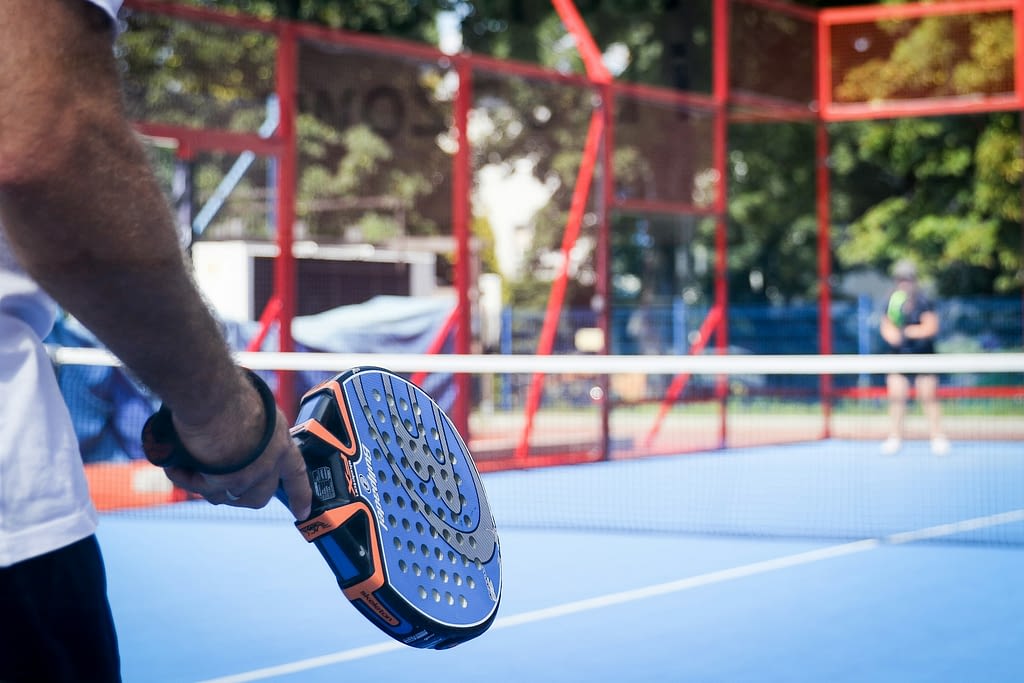
Strategic Gameplay: The walls add an extra dimension of strategy to the game, requiring players to think tactically about their shots. Matches are often fast-paced and dynamic, providing an exciting experience for both players and spectators.
Global Reach: Countries like Spain and Argentina have established strong padel cultures, with professional leagues and international competitions. The sport is supported by organizations like the International Padel Federation (FIP), which promotes and regulates Padel tennis worldwide.
Why Padel Tennis is So Popular in Spain
Effective communication and a fair distribution of chores are essential for maintaining a balanced family life. The Mediterranean lifestyle offers valuable insights into fostering better communication and teamwork within the family.
Spain is undoubtedly one of the epicentres of the Padel craze. To put it into perspective, at the time of writing this article, there are over 22,000 courts in Spain compared to only 450 in the UK and 300 in the USA. And from my experience of just starting to hear more about it in the UK to seeing it everywhere in Spain. Here’s why the sport has become so popular in this vibrant country:
1. Cultural Fit: Spaniards have a rich tradition of enjoying outdoor and social activities, and padel tennis fits perfectly into this cultural fabric. The sport’s nature aligns with the Spanish lifestyle, emphasizing community and leisure.
2. Accessibility and Infrastructure: Spain boasts an extensive network of padel courts, making the sport highly accessible. With courts in public parks, clubs, and recreational centres, finding a place to play is easy and convenient. The affordability of playing padel tennis compared to other racquet sports has also contributed to its widespread adoption. This tends to be because clubs can have multiple padel courts in the space taken up by one tennis court, making hire charges much less.
3. Celebrity Endorsement and Media Coverage: High-profile athletes and celebrities in Spain have embraced padel tennis, bringing significant attention to the sport. Their involvement has helped boost its popularity among the general public. Media coverage of tournaments and events has further elevated its status, making it a staple in Spanish sports culture.
4. Educational Programs: Many schools and educational institutions in Spain include padel tennis in their physical education programs. As with any sport, introducing children to the sport at a young age has helped cultivate a strong foundation of players and fans.
5. Climate Advantage: Spain’s climate allows for year-round play, making it an ideal location for outdoor sports like this. The dry, sunny days encourage regular participation and enjoyment of the game.
Health Benefits of Playing Padel Tennis
In addition to being an enjoyable sport, padel offers numerous health benefits:
Cardiovascular Fitness – The game’s fast-paced nature provides an excellent cardiovascular workout, improving heart health and endurance.
Muscle Toning – The variety of movements required, including sprinting, lunging, and hitting, helps tone and strengthen muscles.
Coordination and Balance – The sport enhances hand-eye coordination and balance through constant movement and ball tracking.
Mental Health – Engaging in padel tennis can reduce stress, improve mood, and foster social connections.
Getting Started
Find a Local Court Look for local clubs or sports centers that offer padel tennis facilities. Many cities have dedicated padel clubs with courts available for rent.
Gear Up Invest in a good-quality padel racquet and appropriate footwear. Wear comfortable, moisture-wicking clothing suitable for athletic activity.
Take Lessons Consider taking lessons from a certified instructor to learn the fundamentals and improve your skills. Many clubs offer beginner classes and clinics to help new players get started.
Join a Community Engage with local padel tennis communities and groups to find playing partners and participate in social games.
Summary
Padel tennis is more than just a sport; it’s a fun and inclusive activity that brings people together, promotes physical fitness, and provides endless entertainment. Whether you’re an experienced athlete or a newcomer to racquet sports, it offers a unique and rewarding experience worth exploring.
With its growing popularity and widespread accessibility, there’s never been a better time to pick up a racquet and hit the padel court. Having never been one for racquet sports, I am now a convert. So, why not try it and discover the excitement for yourself? By focusing on its accessibility, social aspects, and health benefits, padel tennis has carved out a niche in the sports world that continues to attract new players and fans. As the sport continues to grow, so will its impact on the global sporting community. Watch this space!

